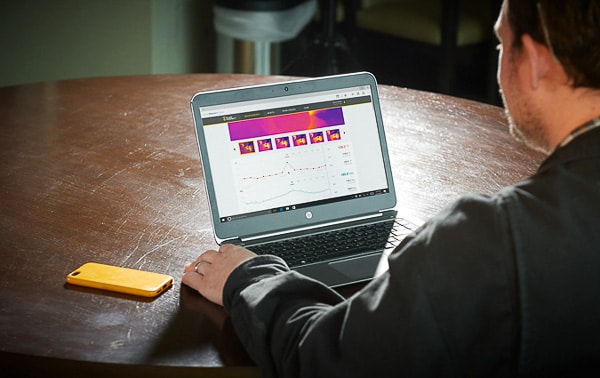Fluke Reliability engineers designed an Asset Criticality Analysis, also known as an Asset Criticality Assessment, to rank and prioritize your organization’s assets, unmasking operational risks.

What is an Asset Criticality Analysis?
An Asset Criticality Assessment identifies and ranks the most critical assets in your operations, allowing you to manage buildings, equipment, and inventories — and risks. The results of this Asset Criticality Analysis will help maintenance and reliability teams focus efforts where they are most needed. Moreover, when you know your asset criticality to overall production, you can justify capital, project, and MRO expenses. The time and effort are worth it.
If your company has never done such an Asset Criticality Assessment or is counting heavily on aging equipment for manufacturing and production, now may be the time for it.
Asset Criticality Assessment 101: Do your Homework
- Clearly articulate why you need an asset criticality assessment and how you plan to implement it
- Invite key department members and stakeholders to participate actively. They must be fully involved
- Gain consensus agreement on the goals for the asset criticality assessment
- Rank assets using quantitative analysis to drive decisions
- Don’t underestimate perceptions and field experience, but back it up with data
- Select a proven ranking system that fits your organization

Asset Criticality Assessment 101: Make Your Case
The benefits of performing an asset criticality analysis are numerous. It can provide data and insights to help your organization:
- Improve reliability, availability, and use of equipment
- Allocate limited resources more efficiently, including labor and materials
- Optimize business decisions involving inventory, procurement, and maintenance budgeting
- Advance predictive maintenance and preventive maintenance plans to match the needs of critical assets and reduce costs
- Justify selective investments in predictive and condition-based maintenance technologies
- Drive digitalization to enable data capture for all critical assets
- Maintain longer-term stability and predictability of equipment, systems, and operations
As the results of an asset criticality assessment begin impacting operations positively, some rankings will change. Assess assets continuously to ensure hierarchies stay accurate. An Asset Criticality Assessment is a dynamic tool that improves reliability and saves your organization time and money.
Asset Criticality Assessment 101: Consider Hiring Expert Help
For maintenance teams interested in expert help completing an Asset Criticality Assessment, Fluke Reliability has created an Asset Criticality Workshop.
The workshop shows maintenance managers how to leverage data and best practices to complete an effective asset criticality analysis. During the workshop, you will learn to identify your highest-value assets based on their likelihood of failure, overall consequences, and risk to the business (criticalness). Once you know the failure modes with the biggest operational impact, you can develop strategies to minimize or move to eliminate failure modes.
If you’re interested in speaking to an expert about an Asset Criticality Assessment, our Fluke Reliability specialists are here to assist you.

